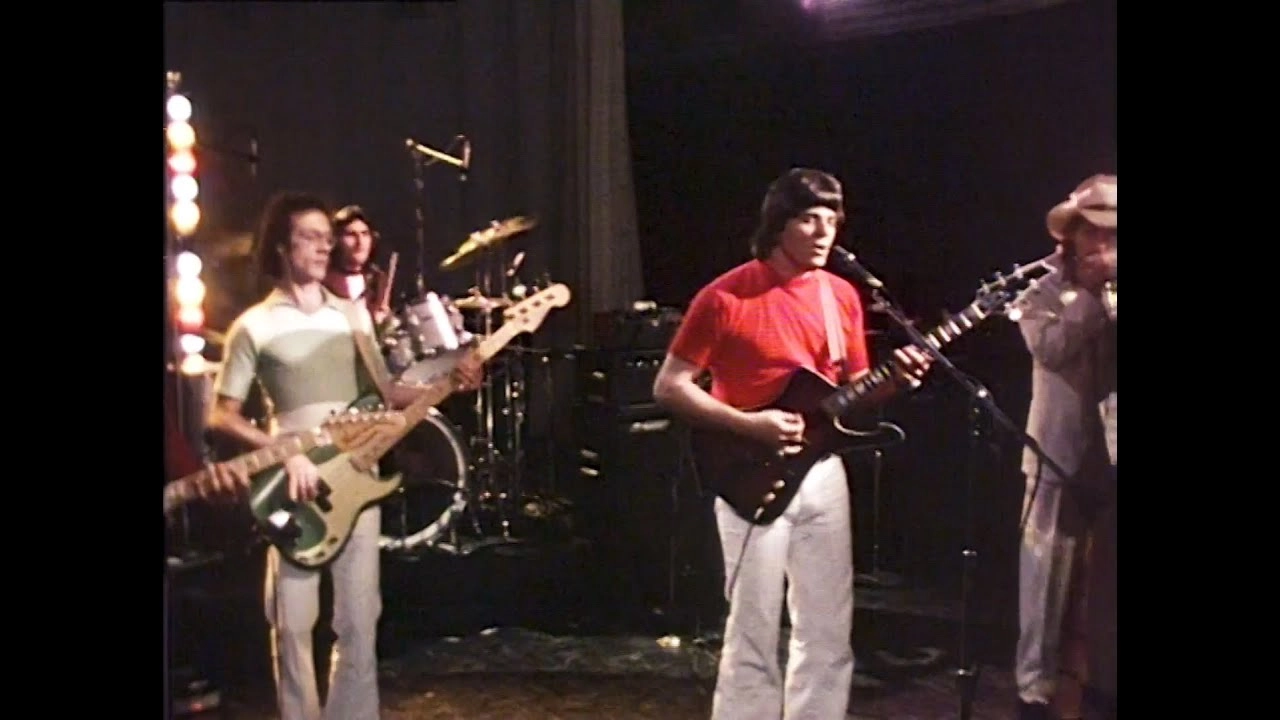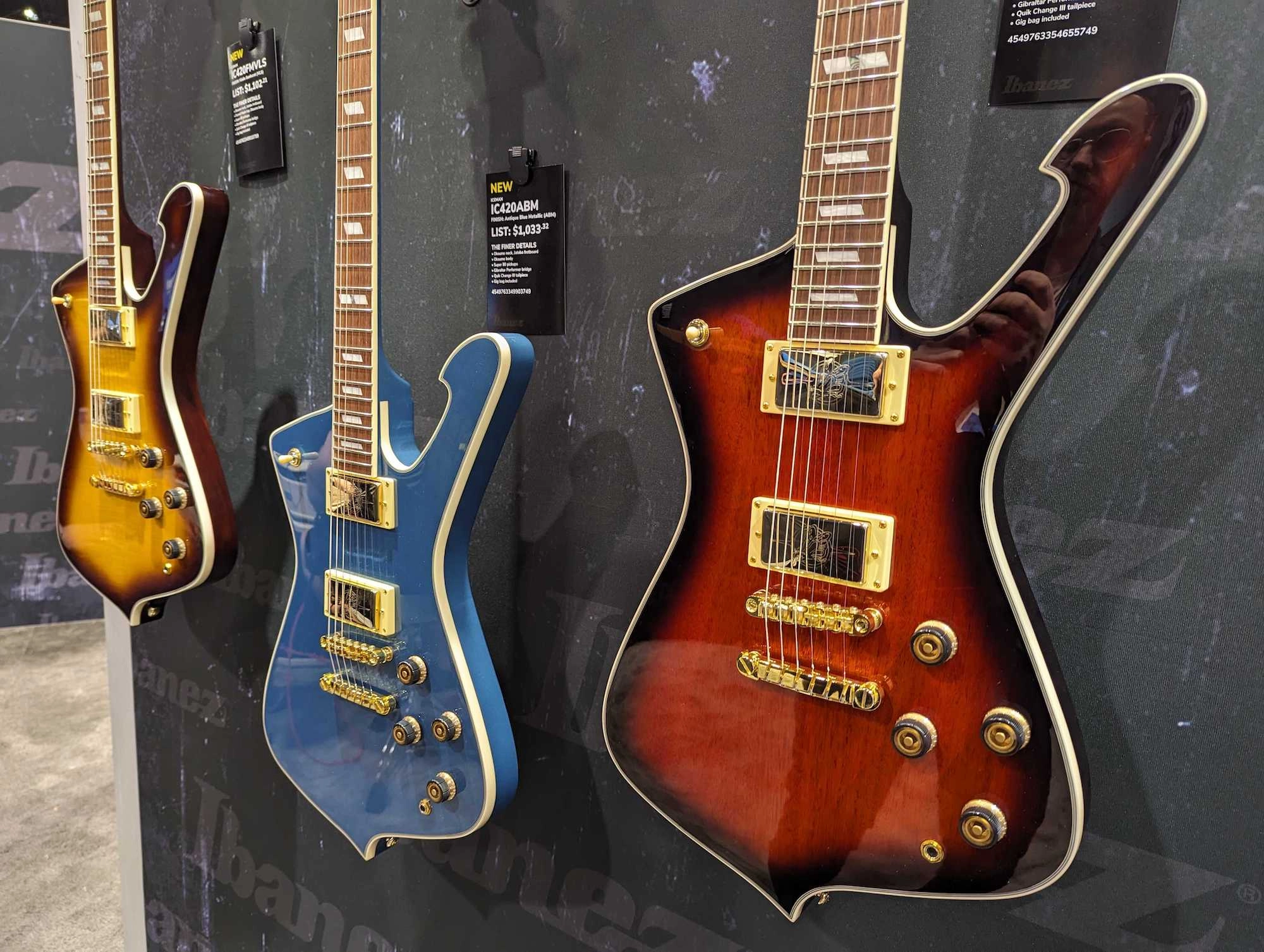Japans electric guitar industry underwent some fascinating twists and turns in the Sixties and Seventies. Many Japanese guitar designs from the Sixties are highly original but with an emphasis on low cost and quirky, gimmicky features that werent entirely ergonomic for most players.
During the late Sixties/early Seventies, focus shifted to copies of classic American models (now known as lawsuit models), often with better playability and quality than American companies offered at the time.
By the time American companies caught on and issued cease-and-desist orders, Japanese manufacturers were already one step ahead and building high-quality, original designs during the mid-Seventies.
Latest Videos From Guitar World
You may likeThe Ibanez Iceman was one of Ibanez/Hoshino Gakkis first original designs to emerge during the mid Seventies, along with their Artist and Musician models.
The Iceman model was actually part of Ibanezs Artist Series before the Iceman name emerged in 1978. Whereas the standard Artist model resembled a double-cutaway Les Paul and the Musicians asymmetrical double-cutaway was Strat-inspired, the Icemans angular shape was completely new and original.
THE STEVE MILLER BAND - Jet Airliner (1977) - YouTube Watch On
Watch On
Ibanez initially offered three different Iceman models (Artist 2663, also called the Flash): a traditional dual-humbucker version (2663/IC200), one with an innovative triple-coil pickup (2663TC/IC210), and a short-lived variation with an unorthodox sliding triple-coil pickup (2663SL).
Steve Miller was the first Western artist to adopt the future Iceman model, using a 2663TC onstage and on his Book of Dreams album. Miller favored the bright, funky #4 setting (all three coils in parallel) on Jet Airliner, Swingtown, and other songs. In 1978, the triplecoil 2663TC model was named the IC210 Steve Miller model.

Paul Stanley was another early Iceman user. When Kiss went to Japan in 1977, Stanley collaborated with Ibanez on the Paul Stanley PS-10, which was an Iceman with a black finish, fancy binding, and new chrome/mirrored hardware appointments.
Other recent players honored with Iceman signature models include J. Yuenger of White Zombie (ICJ100WZ, 1994-99), Daron Malakian of System of a Down (DMM1, 2004), and Sam Totman of Dragonforce (STM1/STM2/STM3, 2008-2019).
Paul Gilberts Fireman/FRM is essentially an upside-down Iceman with an extra cutaway. Gilbert says Ibanez asked him to choose an existing model when he wanted to offer a new signature model because of the costs of making new tooling, so he just flipped over an Iceman body to come up with something different.

Typical Iceman models offered today feature two humbuckers, individual volume and tone controls for each pickup, a three-way pickup toggle, and stop tailpiece.
Most earlier models have mahogany bodies (although some are ash or basswood), whereas today Okoume is the standard material, with the exception of the Paul Stanley PS120 with its mahogany body with maple top.
The Iceman sounds similar to other mahogany/dual-humbucker guitars like a Gibson SG, but with perhaps a little more bottom end and warmth due to the Icemans greater body mass, thicker body, and body design that contacts the neck on the bass side at the 17th fret.
John 5 burns down some KISS classics on Paul Stanleys Ibanez Iceman! - YouTube Watch On
Watch On
Although the Iceman may not sound that much different from most dual-humbucker guitars, it certainly looks different with its distinct geometric, angular lines tastefully complemented by rounded curves, and sweeping-wave treble horn.
The body shape is highly functional as well, offering exceptionally solid and comfortable balance. Overall, its a classic alternative to the similar but bulkier Explorer design with tonal character that falls between an SG and Les Paul.
- This article first appeared in Guitar World . Subscribe and save .


